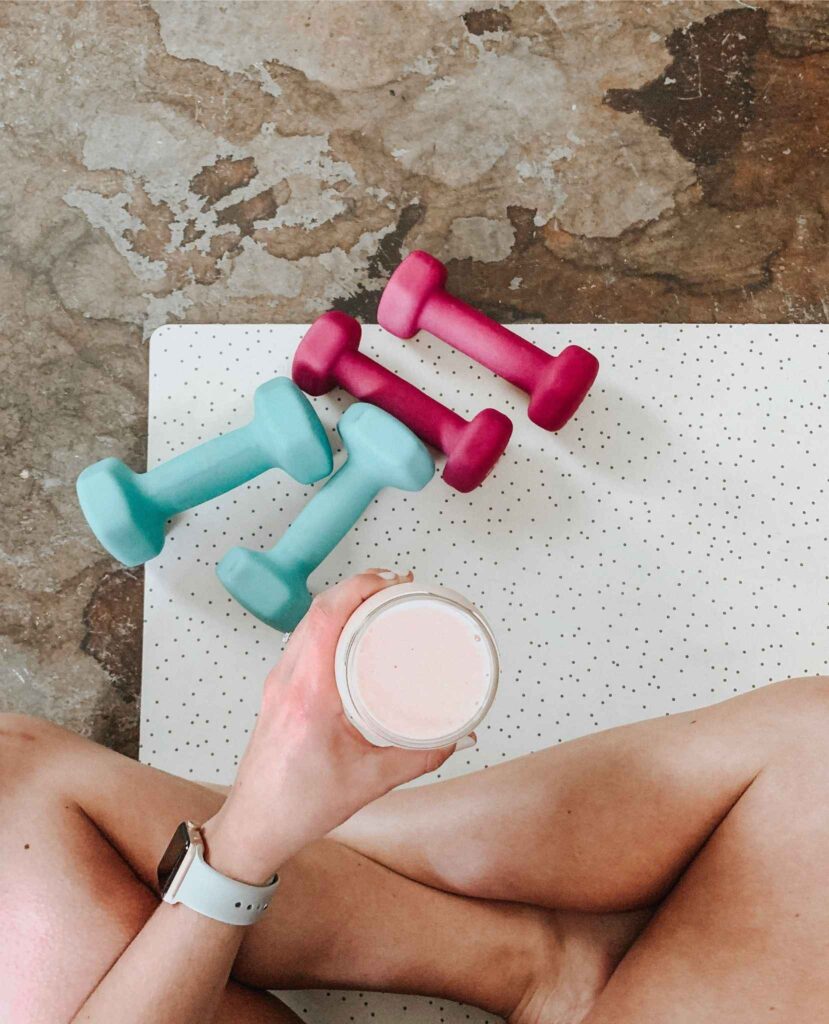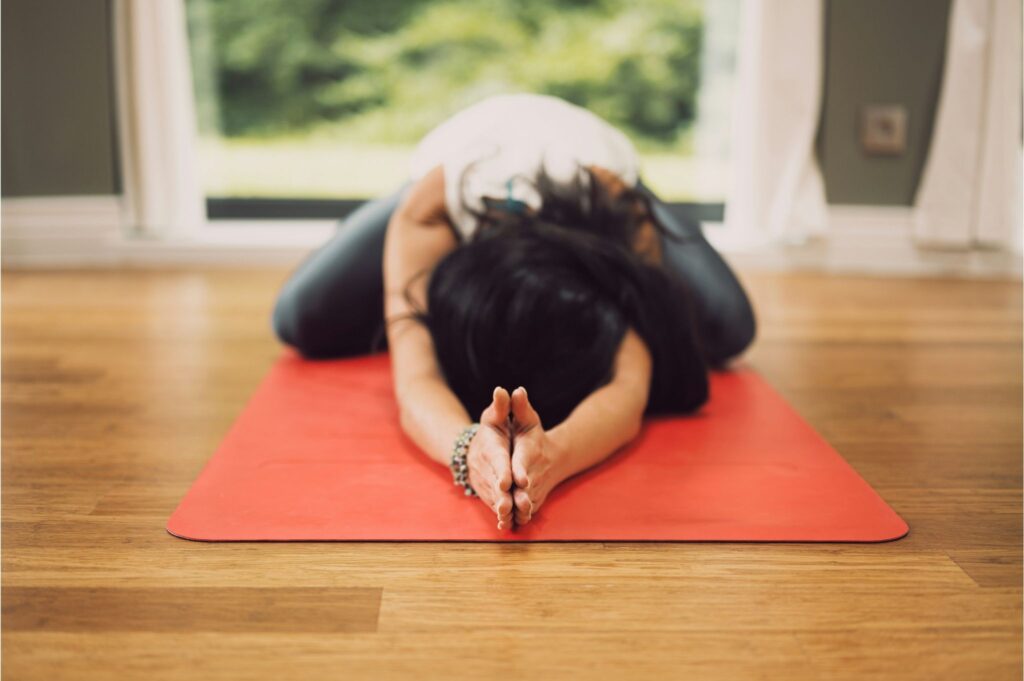Here’s Why Moving Your Body Might Be the Cure.
Exercise: The Ultimate “Good Stress”
Hormesis: Why a Little Stress Makes You Stronger
Exercise Benefits That Go Way Beyond “Getting Toned”
1. Bye-Bye Cortisol, Hello Endorphins
Exercise is like a sponge for stress hormones. It soaks up cortisol and adrenaline (the same chemicals that make you want to scream into a pillow) and replaces them with endorphins – your body’s natural painkillers and mood boosters. Think of endorphins as a legal high that leaves you grinning like you just won the lottery.
2. Your Brain on Exercise
When you move, your heart pumps more oxygen and nutrients to your brain, sharpening focus and creativity. It’s like upgrading your brain from dial-up to 5G. Studies even show that regular exercise grows the prefrontal cortex – the part of your brain responsible for decision-making and stress management. Translation: you’ll stop panicking when your Wi-Fi cuts out.
3. Bones, Balance, and Blood Sugar, Oh My!
- Stronger and Healthier Bones: Weight-bearing exercises (like walking, dancing, or lifting weights) force the bones to support the body’s weight or an external load, stimulating bone cells to “work” and deposit new bone tissue. This process increases bone density, making the bones more resistant and less prone to fractures, especially as you age. It’s like training muscles: the more you use them, the stronger they become!
- Better Blood Sugar Control: When you eat carbohydrates, your body converts them into glucose, the primary source of energy for cells. Muscles are like “sponges” that absorb glucose from the blood to use as fuel. Exercise increases this ability of muscles to absorb glucose, helping to maintain stable blood sugar levels. This means fewer blood sugar spikes and fewer sudden drops in energy, which often lead to cravings and uncontrollable urges to eat. In practice, exercise helps you keep sugars at bay and feel more stable and energetic throughout the day.
- Metabolism boost: The more muscle you have, the more calories you burn! The metabolism is like your body’s engine: it determines how many calories you burn each day to maintain vital functions and perform activities. Muscles are metabolically active tissues, which means they burn more calories than fat tissue, even while scrolling memes. This means you can indulge in a few more treats without gaining weight, or you’ll lose weight more easily if you’re trying to get slimmer.

How Much Exercise Do You Actually Need?
The Goldilocks Rule: Not Too Little, Not Too Much
- 150 minutes of moderate exercise per week (e.g., brisk walking, dancing, swimming).
- 2–3 strength sessions (carrying groceries counts!).
- Recovery between training sessions (rest days or active recovery activities such as stretching or light walking).
But here’s the kicker: consistency beats intensity. Prioritise building sustainable, daily habits. A 10-minute walk every day does more for stress resilience than a monthly CrossFit meltdown.
When Exercise Becomes a Frenemy
Overtraining: The Dark Side of Fitness
- Hormonal havoc: For women, excessive exercise can lower progesterone (hello, irregular periods) and spike cortisol.
- Burnout: Excessive training raises cortisol levels, leading to increased fatigue, irritability, or even anxiety.
- Weakened immunity: Getting sick too often? Your body’s waving a white flag. Overtraining makes your body more susceptible to illness as it elevates stress hormones, which suppress immune function by reducing the activity of key immune cells.
- Increased risk of injuries: Insufficient recovery time could result in tendinitis or stress fractures.
The Fix: Listen to Your Body
- Track your mood: If your workout leaves you feeling drained, not energised, dial it back.
- Adjust exercise intensity or duration based on how you feel to ensure sustainable progress.
- Eat enough: Under-eating + over-exercising = a one-way ticket to Metabolic Chaos Town.
- Recover: During workouts, muscles experience micro-tears, and energy stores are depleted. Post-workout recovery time enables muscle repair, glycogen replenishment, and mental well-being by reducing stress levels and enhancing sleep quality.
“But I’m Too Tired to Exercise!”
The Laziness Lie
Fun fact: Sedentary lifestyles create fatigue. It’s a vicious cycle: the less you move, the less energy you have. Regular movement, on the other hand, boosts circulation and releases endorphins that combat tiredness and improve mood. Start small – take a 10-minute walk, stretch while watching TV, or dance while brushing your teeth. Soon, you’ll crave movement like coffee on a Monday morning.
Building Stress Resilience: Your Game Plan
1. Move Like You Mean It (But Keep It Fun)
- Aerobic activities (walking, swimming): Oxygenates your body and flushes out stress hormones.
- Strength training (lifting, resistance bands): Builds muscle to protect joints and bones while fostering mental toughness through goal-oriented workouts.
- Yoga/stretching: Activates the parasympathetic nervous system (your “chill out” mode), promoting relaxation and reducing anxiety.
2. Breathe Your Way to Calm
Breathwork helps reduce CO2 levels in the blood, resulting in lowered acidity and shifting the body pH towards a more alkaline environment, which supports better physical performance, reduced inflammation, and enhanced mental clarity.
Pair exercise with breathwork techniques such as:
- Extended exhalations – Inhale for 4 counts, exhale for 6.
- Box breathing (4-4-4-4) – inhale for 4, hold for 4, exhale for 4, and hold for 4
3. Nature Is Your Gym
Spending time in nature has profound benefits for both mental and physical health. The “Stress Reduction Theory” highlights how natural settings can reduce heart rate and blood pressure by lowering cortisol levels: exposure to nature boosts vagus nerve activity and shifts the body to the “rest and digest” mode, promoting relaxation and reducing overall stress, anxiety, and inflammation. Instead, the “Attention Restoration Theory” explains that nature helps replenish mental energy, improves mood, enhances attention, and supports emotional regulation by providing a calming environment, free from distractions.
Incorporating nature into your exercise routine (such as hiking, jogging, cycling, outdoor strength training, yoga on the beach, or even walking your dog in the park) creates a restorative experience that supports long-term mental resilience. Plus, trees don’t judge your squat form.
Diet: The Secret Sauce for Stress-Free Workouts

Macronutrients 101
- Carbs: Fuel your muscles (think oats, sweet potatoes).
- Protein: Repair tissue (meat, fish, legumes) – aim for a minimum of 1g per kg of body weight daily.
- Fats: Support hormone health (avocado, nuts, oily fish).
Micronutrients That Matter
- Magnesium: Eases muscle cramps (leafy greens, dark chocolate).
- Vitamin C: Fights exercise-induced free radicals (citrus, bell peppers).
- Electrolytes: Replenish energy and support nerve function (coconut water, bananas).
- B Vitamins: Play a key role in energy production and help the body metabolize carbohydrates, fats, and proteins during exercise. They also aid in muscle recovery and reduce fatigue. (Whole grains, eggs, dairy products, lean meats, legumes).
- Iron: Essential for oxygen transport in the blood and energy production. Iron deficiency can impair endurance and muscle function (lean meats, seafood, beans, lentils, spinach).
- Calcium: Vital for bone health, muscle contraction, and nerve signaling. Low calcium levels increase the risk of stress fractures and poor recovery (dairy products, leafy greens, almonds, tofu).
- Vitamin D: Supports bone health, muscle function, and immune defense. It also helps reduce inflammation (Fatty fish, fortified dairy products, egg yolks, and sunlight exposure).
My Evolution: From Lazy Kid to Fitness Enthusiast (and Rising Above Challenges)
Practical Takeaways: Move More, Stress Less
- Start small: Dance for one song. Walk to the mailbox. Celebrate tiny wins.
- Mix it up: Try yoga, hiking, or “housework cardio” (laundry squats, anyone?).
- Fuel wisely: Eat balanced meals and hydrate like your life depends on it (because it kinda does).
- Sleep like a boss: Muscles repair overnight—skip it, and you’ll be Walking Dead.
Final Thought: Exercise Is Your Stress Antidote (No Prescription Needed)

